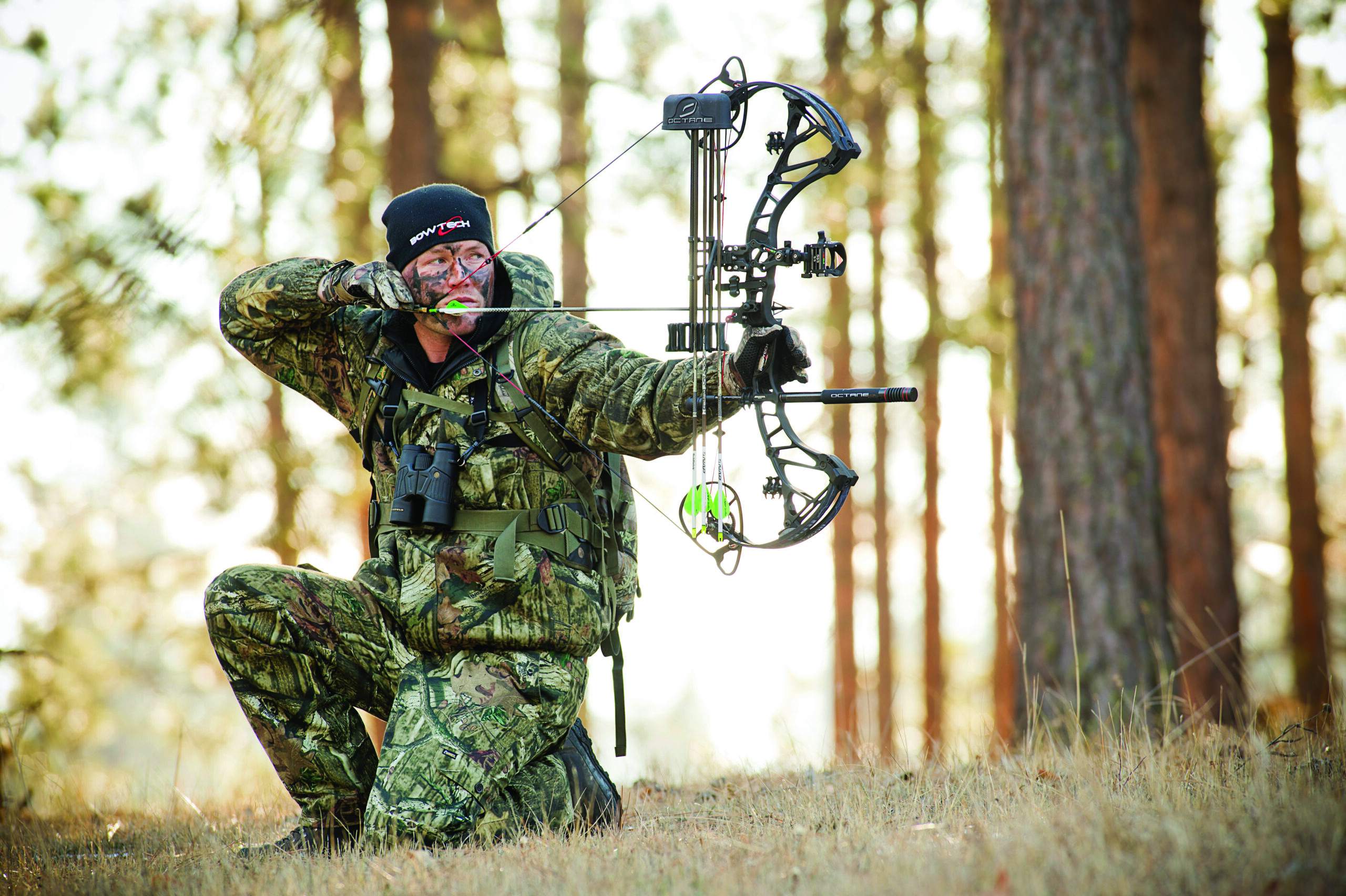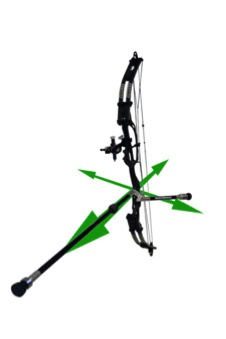Smooth Picture Ahead: Enhance Performance with Compound Bow Stabilizers
Smooth Picture Ahead: Enhance Performance with Compound Bow Stabilizers
Blog Article
Optimizing Your Archery Efficiency With the Right Compound Bow Stabilizer: an Extensive Summary
One essential yet often-overlooked element in improving accuracy is the compound bow stabilizer. By recognizing the subtleties of selecting and optimizing a compound bow stabilizer, archers can adjust their devices to boost their capturing experience to new levels of proficiency and control.
Value of Bow Stabilizers in Archery

Additionally, bow stabilizers help in balancing the weight circulation of the bow, which can boost the archer's security while intending and firing. By adding weight to the front of the bow, stabilizers can minimize the amount of torque experienced upon release, causing a smoother and a lot more controlled shot - compound bow stabilizer. This weight distribution also assists in holding the bow consistent for a longer duration, allowing the archer to intend much more precisely
Kinds Of Compound Bow Stabilizers
When taking into consideration the different types of substance bow stabilizers offered, it is necessary to recognize their unique functions and functions to identify the most appropriate alternative for making best use of archery performance. The most common types of substance bow stabilizers consist of sidebar stabilizers, front stabilizers, and back stabilizers. Back stabilizers, likewise called back stabilizers, are installed to the back of the bow and help in counterbalancing the weight of other devices, resulting in improved security and steady aiming.
Elements to Consider When Selecting
In evaluating substance bow stabilizers, understanding the distinctive attributes and functions of each type is important for making an educated decision on the most suitable option to enhance archery performance. When selecting a stabilizer, one need to take into consideration the weight of the stabilizer itself. By thoroughly examining these elements, archers can pick a substance bow stabilizer that lines up with their shooting style and optimizes their total efficiency on the archery range.
Installation and Modification Tips
For optimum efficiency and precision in archery, grasping the installation and change of your bow stabilizer is important. Correct installment starts with affixing the stabilizer to the bow's riser, guaranteeing it is strongly secured. Most stabilizers come with placing hardware for easy installation, yet it's critical to follow the manufacturer's standards for the details design you have. As soon as affixed, adjusting the stabilizer includes locating the appropriate equilibrium in between weight circulation and size. Experiment with various combinations till you attain the desired feeling and security.
When adjusting the stabilizer, begin with small step-by-step changes instead than drastic changes. Pay focus to exactly how the bow reacts to modifications in stabilizer settings and make modifications accordingly. Regularly check the web stabilizer's rigidity and overall condition to guarantee it continues to operate efficiently.
Maintenance and Care Guidelines

It is likewise important to save your bow with the stabilizer in a safe and safe area when not being used. Prevent leaving it in extreme temperature levels or subjected to route sunshine for prolonged periods, as this could trigger damages to the stabilizer. Periodically inspect the stabilizer's placement to ensure it is still properly placed on your bow. Adhering to these upkeep and treatment standards will certainly aid you get the most out of your bow stabilizer and boost your total archery performance.
Final Thought
To conclude, picking the appropriate compound bow stabilizer is important for making the most of archery efficiency. Comprehending the over here importance, kinds, factors to consider, installment and modification tips, along with maintenance and care guidelines can considerably impact one's precision and consistency in capturing. By choosing a stabilizer that suits specific needs and choices, archers can improve their overall efficiency and accomplish better outcomes on the variety or in competitors.
Bow stabilizers play a vital role in improving an archer's accuracy and uniformity by lowering vibrations and maintaining the bow throughout the release of an arrow - compound bow stabilizer.Additionally, bow stabilizers aid in stabilizing the weight circulation of the bow, which can improve the archer's security while intending and firing. The most typical kinds of compound bow stabilizers consist of sidebar stabilizers, front stabilizers, and back stabilizers. Back stabilizers, additionally called back stabilizers, are installed to the back of the bow and assist in counterbalancing the weight of other devices, resulting in enhanced security and stable intending. When picking a stabilizer, one need to take into consideration the weight of the stabilizer itself
Report this page